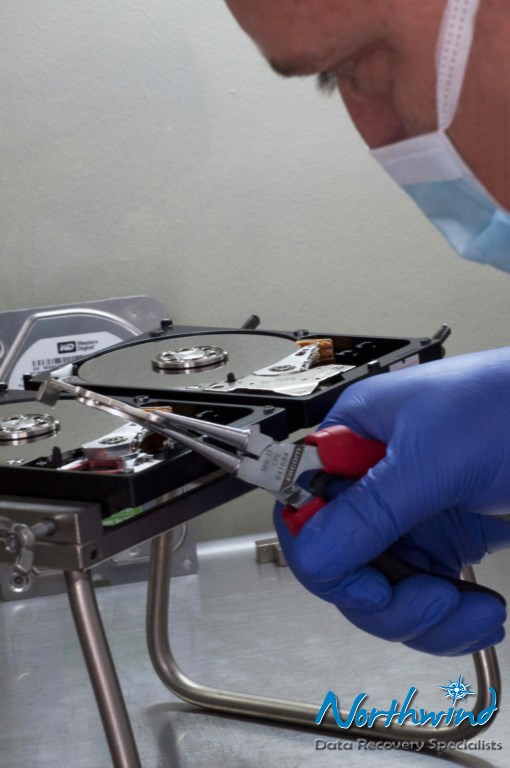Data Recovery From Samsung Hard Drives
 Samsung belongs to Seagate since 2012. Seagate has retained some Samsung models as they were, putting its brand name on the drive sticker (i.e. HD204UI = ST2000DL004), while the rest of the models were discontinued. Nevertheless, the technology and architecture remains that of Samsung.
Samsung belongs to Seagate since 2012. Seagate has retained some Samsung models as they were, putting its brand name on the drive sticker (i.e. HD204UI = ST2000DL004), while the rest of the models were discontinued. Nevertheless, the technology and architecture remains that of Samsung.
One of the most common problem that the Samsung drives exhibit is firmware problems. Firmware is stored on the platters, on the System (Service) Area of the Samsung hard drive. If one of these modules gets damaged, then the drive can't start and is recognized by its code name. You can't solve this problem alone. It is a complicated procedure, that requires expensive equipment and experience in data recovery.
Another damage that Samsung drives can have is the PCB electronic error. This usually occurs due to overheating, power surge or problems in the drive's motor. If this happens, the drive won't start and - of course - is not recognized by the BIOS at all.
If the drive makes "clicking sounds" when it starts - hear some typical examples here -, then most times this is a sign of damaged heads. In that case, it is very important to run the appropriate diagnostics in order to rule out the possibility that the drive is damaged due to problems in the firmware or a PCB problem.
 Finally, a classic problem of these drives (as well as of all drives) is that of Bad Sectors. After a while, the platter to which the data are written start to degrade and bad sectors appear. When the drive tries to read these parts of the surface, it can "freeze", or make strange sounds like "scratching", light ticks or loud noises. As soon as the drive starts displaying these kind of problems, it is very important to power it off and send it to us for a free evaluation. In its lab Northwind uses expensive cloning tools which can bypass the corrupted parts and read data from the 'healthy' parts of the drive's surface. This is usually the only method through which data recovery from Samsung drives is possible.
Finally, a classic problem of these drives (as well as of all drives) is that of Bad Sectors. After a while, the platter to which the data are written start to degrade and bad sectors appear. When the drive tries to read these parts of the surface, it can "freeze", or make strange sounds like "scratching", light ticks or loud noises. As soon as the drive starts displaying these kind of problems, it is very important to power it off and send it to us for a free evaluation. In its lab Northwind uses expensive cloning tools which can bypass the corrupted parts and read data from the 'healthy' parts of the drive's surface. This is usually the only method through which data recovery from Samsung drives is possible.


